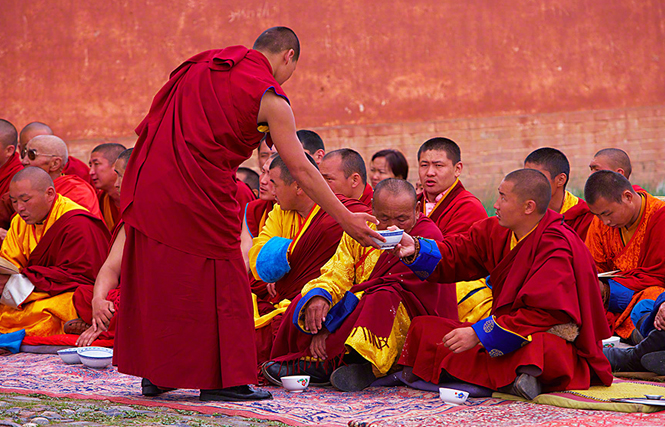
Various forms of Tengriism and Shamanism have been widely practiced throughout the history of what is now modern day Mongolia; as such beliefs were common among nomadic people in Asian history. Such beliefs mostly gradually gave way to Tibetan Buddhism, but Shamanism has left a mark on Mongolian religious culture. Indeed, it continues to be practiced. Some archaeologists believe that shamanism, the native religion, existed in Mongolia as early as 10,000 to 40,000 years ago. Mongolians are very religious people and stay faithful to their belief during their whole life. Even though, last few years other religious groups like Christians flow introduced to Mongolia strongly most of the people still belief in Buddhism. Tibetan Buddhism is the main religion it represents 80% of Mongolian population; however, elements of 4% Muslims, 6% of Christians and Shamanism are also practiced. As of 2004, there were 186 religious centers operating in Mongolia. Of this total, 112 are Buddhist monasteries and 65 are Christian. These numbers, however, are disproportionate to the actual practitioners of Christianity and Buddhism. Despite this, Buddhism has undergone a revival since 1990, resulting in the construction of dozens of new monasteries, and the restoration of temples destroyed in the 1930s. The Buddhist art school at Gandan Monastery is thriving and high lamas from Tibet, Nepal and India have trips to Mongolia.

